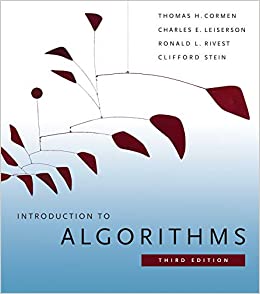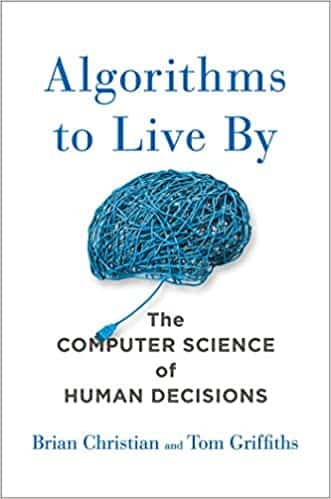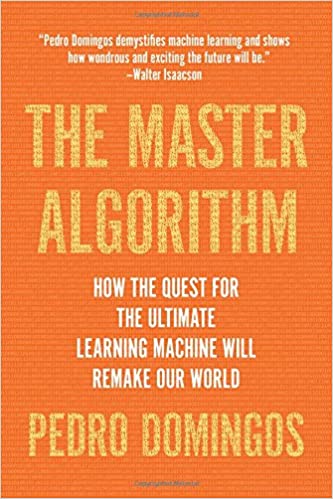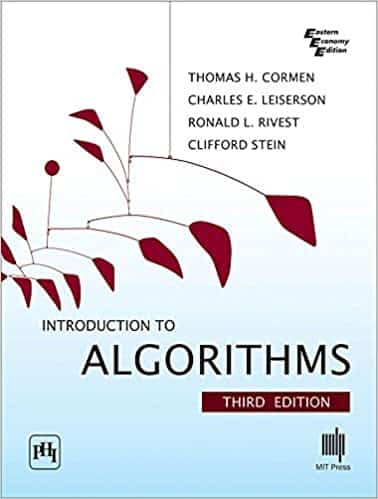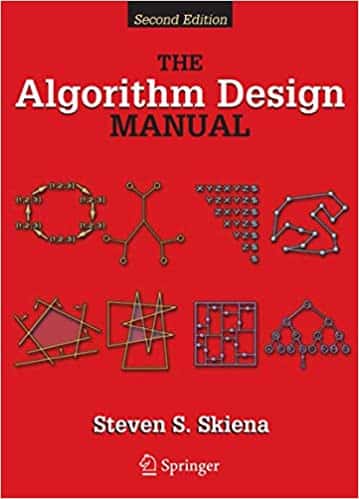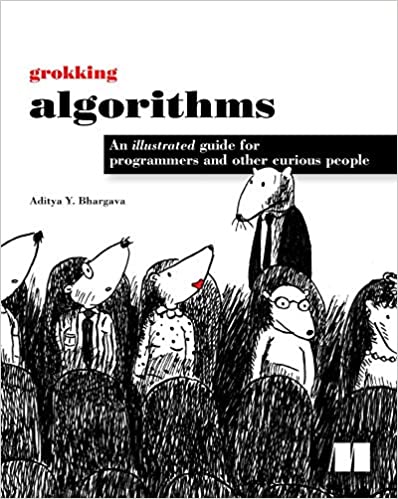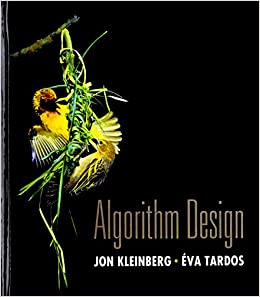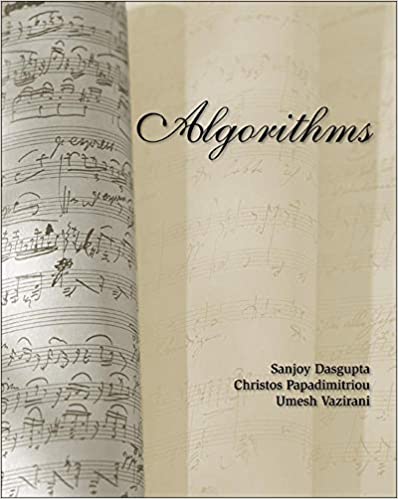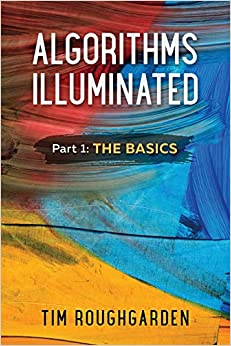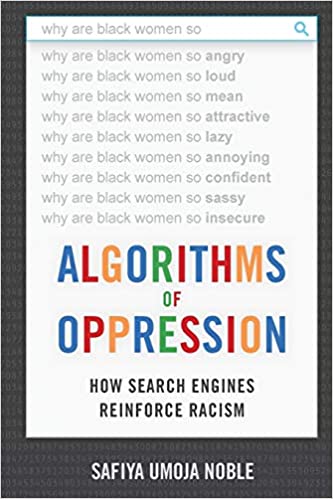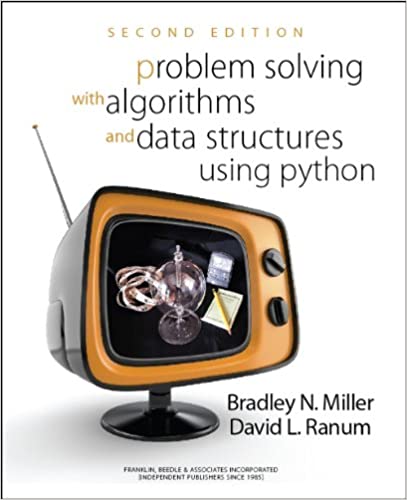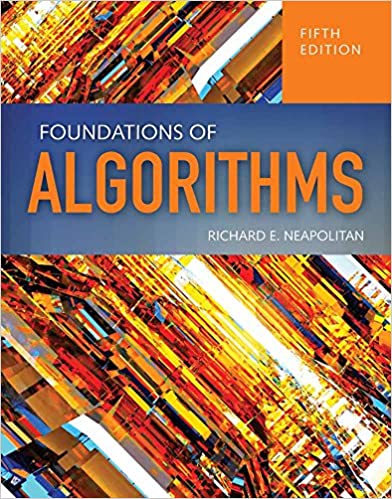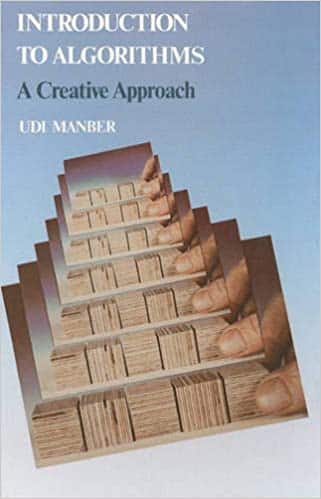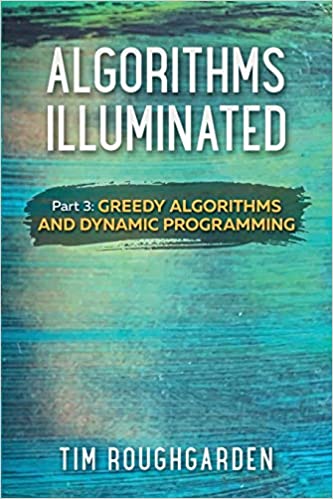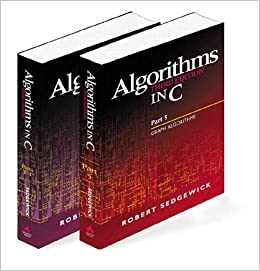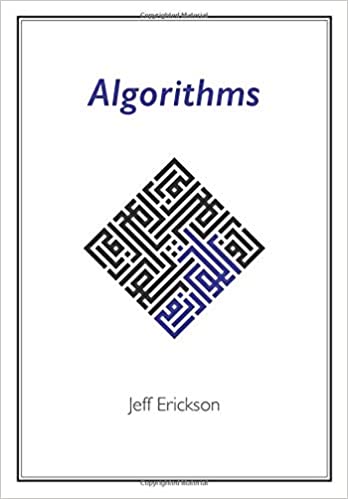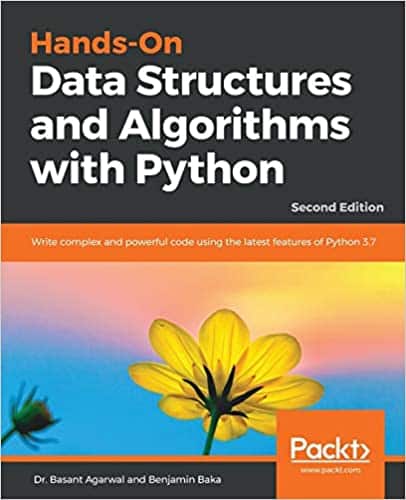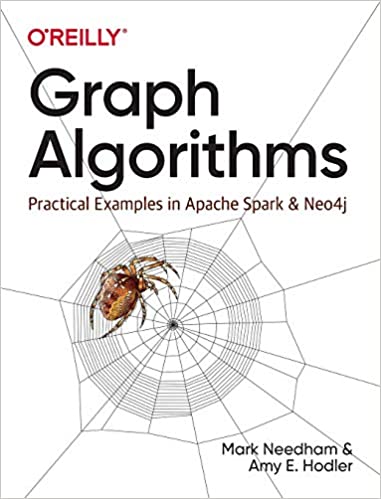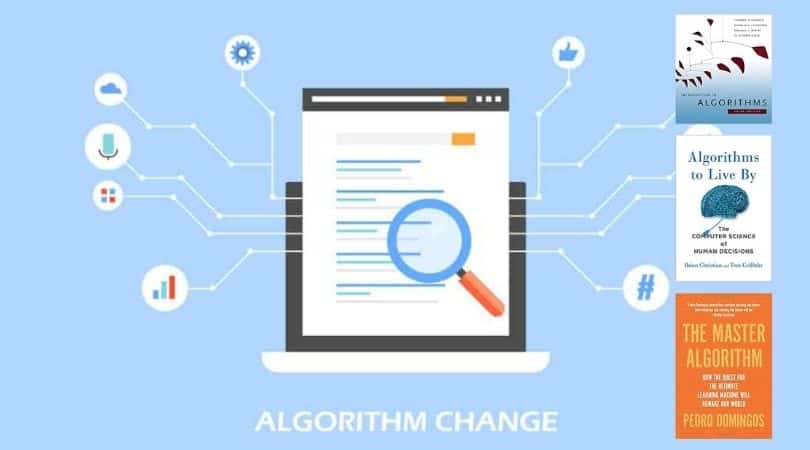
DISCLOSURE: This post may contain affiliate links, meaning when you click the links and make a purchase, I receive a commission. As an Amazon Associate I earn from qualifying purchases.
If you are attempting to learn some of the most basic and fundamental functions within algorithms it is important to consider how you will build up the basics of Albertans and then how you will approach the process of learning more advanced concepts like data structures.
What are the Best Algorithm Books to read?






If you’re interested in contributing to some open source projects or you might be interested in expanding your skills as a developer, working to develop your skills with algorithms can be highly beneficial to expanding your knowledge as a programmer.
If you wanted to take on some learning on your own with algorithm books, there are a large number of choices that you could consider for the best algorithms to use.
Best Books on Algorithm: Our Top 20 Picks
Here are some of the best algorithm books that you can consider to expand your knowledge on the subject:
1. Introduction to Algorithms 3rd MIT Press
This book on algorithms includes a series of comprehensive guides on the design and analysis of various algorithms. The overall goal of this book is to provide an accessible analysis that’s available to readers of all levels.
Every chapter delivers solutions which are quite self-contained and the explanations that are delivered in this book by Thomas H. Cormen, Charles E. Leiserson, Ronald L. Rivest and Clifford Stein delivers a wide range of multithreaded algorithms and unique mathematical perspectives.
The first edition became a widely used textbook in many universities but this latest edition has become even more valuable for home study.
- Authors: Thomas H. Cormen (Author), Charles E. Leiserson (Author), Ronald L. Rivest (Author), Clifford Stein (Author)
- Publisher: The MIT Press; 3rd Edition (July 31, 2009)
- Pages: 1292 pages
2. Algorithms to live by
Algorithms to live by is a computer science books produced by Brian Christian and Tom Griffiths. Is an in-depth expiration of how a series of computer algorithms work to apply in our day-to-day lives.
Algorithms can be used to solve a series of decision-making problems as well as illuminate many of the workings of our human mind. But the lives that we lead and the limited time and space that we have access to, it is important to make sense of all of the messiness and activities that we are caught up in every day.
These are algorithms from computer science that can be applied to your own life. This can ensure that you can applying new activities that will be the most filling and solve a series of uniquely human equations.
- Authors: Brian Christian (Author), Tom Griffiths (Author)
- Publisher: Henry Holt and Co.; 0th Edition (April 19, 2016)
- Pages: 368 pages
3. Master Algorithm Machine Learning
The master algorithm in machine learning brings together the world stop research labs and universities knowledge and the ultimate guide of machine learning algorithms. Produced by pedro Domingos, this is a solution that cites a variety of examples on machine learning through google, amazon, via your smartphone devices and more.
The blueprint for future algorithms and the development of machine learning can be found in this book and it has provided many with the inspiration that they need to build important algorithms for the future.
- Authors: Pedro Domingos (Author)
- Publisher: Basic Books; Reprint Edition (February 13, 2018)
- Pages: 352 pages
4. Introduction to Algorithms in Eastern Economy
The introduction to algorithms in the eastern economy is a more modern study of computer algorithms. The book is now in its third edition and it includes a series of chapters that present algorithms, the design technique behind them as well as how the application is related to various topics in moden design.
The algorithms included are designed to be useful to just about any programmer. The language in the book is designed to be at an elementary level but it does not sacrifice any of the depth and explanation on the subject matter.
- Authors: Thomas H. Cormen (Author), Charles E. Leiserson (Author), Ronald L. Rivest (Author), Clifford Stein (Author)
- Publisher: PHI Learning Pvt. Ltd. (Originally MIT Press); Third Edition (February 2, 2010)
- Pages: 1312 pages
5. Algorithms 4th edition
The 4th edition of the Robert Sedgewick and Kevin Wayne book Algorithms remains one of the leading sources and textbooks on the study of algorithms today. The book has become widely publicized and used in many universities and colleges worldwide.
It surveys some of the most important algorithms that are currently used for computer structures and provides more information on how to use algorithms for graphs, searching, data structures, sorting and more.
With a definitive list of 50 algorithms that every programmer should know, this is an excellent place to build your knowledge to start.
- Authors: Robert Sedgewick (Author), Kevin Wayne (Author)
- Publisher: Addison-Wesley Professional; 4th Edition (April 3, 2011)
- Pages: 976 pages
6. Algorithm Design Manual
The algorithm design manual is a newly updated and expanded second edition book that takes an extensive amount of mystery of the process of designing algorithms. A focusing to the efficiency and efficacy of their development is exactly what this first edition book can provide.
As a primary reference guide to algorithms for many researchers, students and programmers, this Steven S. Skiena book is a primer filled with a number of supplements and access solutions that can help anyone to master the process of algorithms.
- Authors: Steven S Skiena (Author)
- Publisher: Springer; 2nd Edition (April 27, 2011)
- Pages: 730 pages
7. Algorithms Illustrated for programmers
Grokking algorithms is an illustrated guide for programmers and individuals that might be curious in unlocking the secrets to improved algorithms. The book is published by Aditya Bhargava and it includes a definitive guide on how to apply algorithms to a series of practical problems that you might face as a programmer.
Starting first with a series of programming improvements for searching and sorting, it’s possible to build up algorithmic skills to begin tackling serious concerns in artificial intelligence, data compression and more. With helpful diagrams and a series of code samples for Python, this is a useful resource for your own home learning.
- Authors: Aditya Bhargava (Author)
- Publisher: Manning Publications; 1st Edition (May 1, 2016)
- Pages: 256 pages
8. Algorithm Design
Algorithm Design is a book that looks towards real-world problems as well as how they can be solved with modern algorithm support. The algorithms that are introduced here can make sure that students can access a wide range of designs and analysis for the role of algorithms in computer science.
The problems that have arisen in computing applications are lightly addressed alongside application support that could be used to generate improvements in the field. By having a focus into how to apply algorithm study and how o properly form algorithms, it is possible to build your knowledge of these concepts moving forward into the future.
The complete understanding of this Jon Klienberg book is delivered and cited as one of the best for learning algorithms by the New York Times.
- Authors: Jon Kleinberg (Author), Éva Tardos (Author)
- Publisher: Pearson; 1st Edition (March 16, 2005)
- Pages: 864 pages
9. Algorithms SanJoy Dasgupta
Algorithms first edition by Sanjoy Dasgupta is a textbook that has been widely used across UC Berkeley and UC San Diego.
The emphasis of the material in this book is based on creating a structure of mathematical ideas around algorithms. The text in the book is designed to be easy to digest and with an emphasis of the mathematical structure of the over them as well as how it can be manipulated into a series of formal features.
The book offers extensive insight for starting with the historical concept of algorithms and moving on to a series of real-world examples.
- Authors: Sanjoy Dasgupta (Author), Christos Papadimitriou (Author), Umesh Vazirani (Author)
- Publisher: McGraw-Hill Education; 1st Edition (September 13, 2006)
- Pages: 336 pages
10. Algorithms Illuminated part 1
The algorithms illuminated book is a basic guide with programming inclusions from a variety of quizzes, selected problems and YouTube videos that work as auxiliaries to the book.
Part one covers the basics of a asymptotic analysis as well as big O notation studies. A series of divide and conquer algorithms also introduced the master method and randomized algorithms for support. A series of famous algorithms are also published within this book including algorithms for sorting and for selection processes. Tim Roughgarden, the author of this basics guide picked out a number of algorithms that could provide a basis of understanding for someone to pick up the code that was responsible for programming and for forming algorithms in a wide range of programming languages.
With several editions of textbooks on the study of algorithms in various forms, Roughgarden provides readers with the chance to examine different types of algorithms based off of the formation of these items in each new book. You can effortlessly take on knowledge for this first level of Alberta study and then move into the study of greedy algorithms and more from part to part three.
The famous algorithms here stand as an excellent starting point for someone who has just started their learning journey. Each of these books works as an excellent supplement for furthering your knowledge and focusing in on set approaches to study.
- Authors: Tim Roughgarden (Author)
- Publisher: Soundlikeyourself Publishing; Illustrated Edition (September 27, 2017)
- Pages: 218 pages
11. Algorithms Oppression Search Engines
The algorithms of oppression is a book by Safiya Noble the dives deep into search engine traffic and the idea that Google may not offer an equal playing field for a variety of ideals, activities and identities. Data discrimination as per Google’s algorithm plays a big part in discoverability of online content.
Many search engines are working towards growing the importance of their algorithms alongside Google. The Algorithms of oppression takes a look into how modern search engine algorithms are working to create racism and maintain it in our modern age.
The proofs for this analysis goes through a series of media searches, textural searches as well as the evidence delivered from extensive research into paid search engine advertising.
- Authors: Safiya Umoja Noble (Author)
- Publisher: NYU Press; Illustrated Edition (February 20, 2018)
- Pages: 256 pages
12. Problem solving algorithms
In this computer him and then focuses on Python, we can funny overall study of data structures and how rhythms as authored by Bradley N miller and David L Ranum. This study of these principles of computer science examine learning computer science and its difficult subject matter in a completely unique way. For anyone that is just starting with computer science, this is a complex curriculum that needs to be studied.
This textbook is designed to serve as a basic text for data structures and algorithms. It often taught within the second semester of computer science and getting a jumpstart on these types of terminology could help you with some of the basic skills that are needed for your first computer science class.
The tools and techniques that you will learn in this book can be applied over the course of your entire education and with some of the most difficult subjects in computer science.
- Authors: Bradley N. Miller (Author), David L. Ranum (Author)
- Publisher: Franklin, Beedle & Associates; 2nd Edition (August 22, 2011)
- Pages: 438 pages
13. Ethical Algorithm Science
Ethical algorithms science is a book by Michael Kearns and Aaron Roth that dives into mathematical abstraction and how we can form algorithms to work at creating efficiency throughout our lives. Algorithms are working to make our lives more entertainment, more efficient and better informed. As life gains complexity, there are a number of concerns related to the volation of rights by citizens as well as how these datasets can be utilized for managing systems like search engine’s.
Understanding important systems in our world like online reviewing services, navigation apps, spam filters and search engines all starts with the algorithms that form them. These data sets or suggestively anonymous, but the algorithms that form these systems can be used to game rankings and change the way search engine results are structured.
With a reflection of bias in each of these algorithms it is possible to reflect these biases and improve search engine systems with ongoing learning in this book.
- Authors: Michael Kearns (Author), Aaron Roth (Author)
- Publisher: Oxford University Press (November 1, 2019)
- Pages: 232 pages
14. Foundations of algorithms
The foundations of algorithms is a fifth edition textbook that offers full presentation on algorithm design as well as complexity analysis between algorithms. As one of the first books that you could read that delves into computational complexity, this is an ideal textbook for computer science students they do have a background in college level algebra.
With evidence into discrete structures, the text effortlessly provides a background data into a series of mathematical concepts. Most of the concepts presented here are delivered in a standard English notation and although the mathematics level needs to be high in order to understand many of the equations, the concepts within this book can be easy to approach. Reinforcing many of these theoretical explanations can help to promote improvements with retention and learning.
The formations of the algorithms here offer an approach that is highly focused on student learning and with a wealth of data that can offer support for people with almost any knowledge of algorithms and some knowledge of algebra. The Author Richard Neapolitan is one of the best expert in his field for dissecting these foundations and for helping students along with the process of learning out rhythms in the fifth edition of this book.
- Authors: Richard Neapolitan (Author)
- Publisher: Jones & Bartlett Learning; 5th Edition (March 19, 2014)
- Pages: 676 pages
15. Introduction to Algorithms: A creative approach
The introduction to algorithms: A creative approach is a book created by Udi Manber. Focusing in on the more creative aspects of algorithm design, this book examines some of the main steps used in the process of development and algorithms. At the heart of the creative process involves the path between mathematical theorems and combinational algorithms.
Discovering some of these design connections can make sure that the reader can have access to improved problem-solving abilities. The principles behind algorithm design can truly be learned in this book and the enhancement of problem-solving abilities here can make sure that readers will be able to generate their own algorithms utilizing the principles found in this novel.
Many would suggest that the approach taken by this author is completely unique and it can be much easier to gain a knowledge of algorithm structure by following the teachings here.
- Authors: Udi Manber (Author)
- Publisher: Addison-Wesley; 1st Edition (January 1, 1989)
- Pages: 478 pages
16. Algorithms Illuminated part dynamic programming
This guide is designed as a highly accessible and no nonsense programming introduction for algorithms. Authored by Tim Roughgarden, this book covers a series of algorithms as well as introduces youtube and quiz supplements.
The dynamic programming system here include support for shortest paths, optimal search trees as well as sequence alignment. The knapsack style programming solutions can cover with cold greedy algorithms. A greedy augur them specializes on concepts like Huffman codes, clustering, minimum spanning trees and scheduling.
Focusing on these unique problems can help to make sure that you can have more tools available in your tool belt with structuring new equations.
- Authors: Tim Roughgarden (Author)
- Publisher: Soundlikeyourself Publishing, LLC; Illustrated Edition (May 1, 2019)
- Pages: 229 pages
17. Algorithms parts 1-5
Algorithms parts 1 to 5 is a tax that is aimed at graphing algorithms and data structures. By providing a basic understanding of the properties of a broad range of fundamental graph algorithms, this is a series of books which are designed to help anybody master basic programming concepts.
Properties covered with this book series include directed graphs, minimal spanning trees, shortest paths, networks, types and more. The wealth of knowledge that is provided over these books by Robert Sedgewick include suitable knowledge of various concepts including an expansion into networks and further programming tasks as well.
The algorithms part 1 to 5 are becoming essential learning for maximizing your knowledge of various solutions in programming. This one a five book series is a definitive collection that is typically studied over a full semester of computer science in mathematics. Reading through this third edition of textbooks can provide you with a full semester’s worth of knowledge in algorithms.
- Authors: Robert Sedgewick (Author)
- Publisher: Addison-Wesley Professional; 3rd Edition (August 31, 2001)
- Pages: 1200 pages
18. Algorithms Jeff Erikson
Algorithms by Jeff Erickson is a book that is focused entirely on algorithms is the main building blocks for computer science. As Albertans are constantly used for the proofs that build programs, music and trends in our lifestyle, this book attempts to design and analyze various Albertans that can be applied using fundamental techniques.
With emphasis on intuition and using problem-solving with algorithms, this is a book that presents a series of classic examples as well as a series of exercises that can make sure that you can evolve your algorithm strategy in computer science.
Written by a computer science professor at the University of Illinois, this book is created using a number of the algorithms that have been included in his courses since the year 1998. Now accepted as an independent textbook that’s widely used in many universities, this is a book that is used for its historical representations as well as the Alberta examples that are commonly suited to students throughout the process of learning CS.
- Authors: Jeff Erickson (Author)
- Publisher: Independently published (June 13, 2019)
- Pages: 472 pages
19. Hands data structures algorithms python
The hands on data structures and algorithms to build with Python offers the chance to build powerful and complex codes with Python version 3.7. This second edition book ensures that you can understand the basic analysis of fundamental Python data structures as well as explore some of the more advanced concepts in Python.
With dynamic programming as well as features that can help you learn functional and reactive implications on data structures, this is an excellent guide to help those hoping to program in Python to access the full host of features. This second edition is published by Benjamin Baka and Dr. Basant Agarwal for a wide range of improvements on the first edition publishing.
Introducing these new concepts and updating the book has led to maximizing the newest improvements in Python.
- Authors: Dr. Basant Agarwal (Author), Benjamin Baka (Author)
- Publisher: Packt Publishing (October 31, 2018)
- Pages: 398 pages
20. Algorithms Practical examples
Learning how to graph algorithms can make sure that you can leverage new relationships within data. Graph over them through one of the best ways that you can enhance any type of machine learning model as well as develop more intelligent solutions to algorithms that you would use in programming.
Throughout this practical died a series of data scientists and developers will help you to discover how graph analytics are delivering value in your day-to-day world. Authored by Mark Needham and Amy E. Hodler, this book can explain how a series of graph algorithms can describe the complex structures in extremely difficult to find patterns. Providing a series of bottlenecks to discovering vulnerabilities in detecting communities, this is a product that can help you improve machine learning and use common choices in any type of graph analytic.
With a detailed guide on how predictive elements are used in data as well as sample code, you can find a wide range of examples that can spark creative choices with I were them structure. Explore various examples using working code and consider a series of sample datasets when applying these structures to your own algorithm formations.
- Authors: Mark Needham (Author), Amy E. Hodler (Author)
- Publisher: O’Reilly Media; 1st Edition (May 26, 2019)
- Pages: 268 pages
Choosing the Best Algorithm Books
If you are interested in learning the basics of algorithms and you would like to further your knowledge to go into computer science or work in advanced algebra theory, there are a number of excellent books on the subject. Any of these books could be an excellent start to your knowledge and to understanding some of the concepts regarding algorithms. With different levels that are available to help you master each type of learning, these are solutions that can prepare you for a wide range of career paths and for advancing your education.
